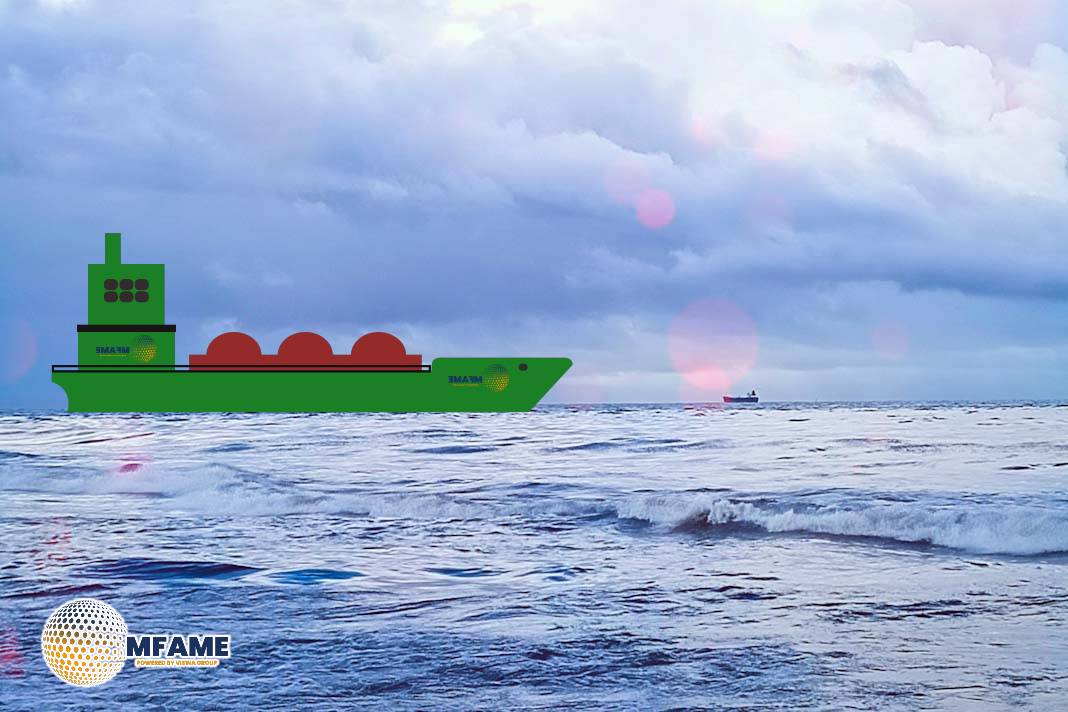 In a surprising move, the United States and China jointly announced a partial pause in their trade war by easing tariffs for a 90-day period. While the agreement has sparked optimism, it comes with nuances: the US has dropped its tariff rate from 145% to a base 30%, still stacking an additional 25% tariff on steel and aluminium.
In a surprising move, the United States and China jointly announced a partial pause in their trade war by easing tariffs for a 90-day period. While the agreement has sparked optimism, it comes with nuances: the US has dropped its tariff rate from 145% to a base 30%, still stacking an additional 25% tariff on steel and aluminium.
Meanwhile, China has reduced its rate from 125% to 10%. This partial truce has already triggered ripple effects across the shipping industry, particularly in Transpacific trade routes, as lines scramble to recalibrate capacity amid rapidly changing demand patterns.
A Sudden Reversal in Demand Forces Shipping Lines to Recalibrate
In the weeks leading up to the tariff pause, shipping lines had been reducing Transpacific capacity due to a sharp fall in bookings—an immediate impact of earlier tariff hikes. Now, with the August 14th cut-off looming, importers are rushing to ship goods before mid-July to beat the deadline. This sudden expected surge in cargo demand is forcing shipping lines to urgently ramp up capacity—despite having just scaled down.
Capacity Injections Lag Behind Market Demand
An analysis featured in Issue 715 of Sunday Spotlight shows that as of May 16, there were no significant capacity increases yet on the Transpacific trade to North America’s West Coast. In contrast, the East Coast is already seeing some early capacity injections.
Figure 1, illustrating a rolling 3-week average capacity change from May 12 to July 21, confirms that year-over-year (Y/Y) capacity remains low, with the West Coast only showing recovery mid-July, and the East Coast slightly earlier in late June. This lag in response could cause a mismatch between demand and availability.
Rising Spot Rates and Global Capacity Reallocation Expected
The delayed capacity boost may result in a sharp increase in spot freight rates, especially if the anticipated cargo surge materializes. To meet the demand on Transpacific routes, carriers might divert vessels from other Asian export trades, leading to blank sailings elsewhere.
This domino effect could disrupt broader regional trade flows, highlighting how sensitive global supply chains are to geopolitical shifts and short-term policy changes.
Did you subscribe to our daily Newsletter?
It’s Free! Click here to Subscribe!
Source: SEA INTELLIGENCE

















